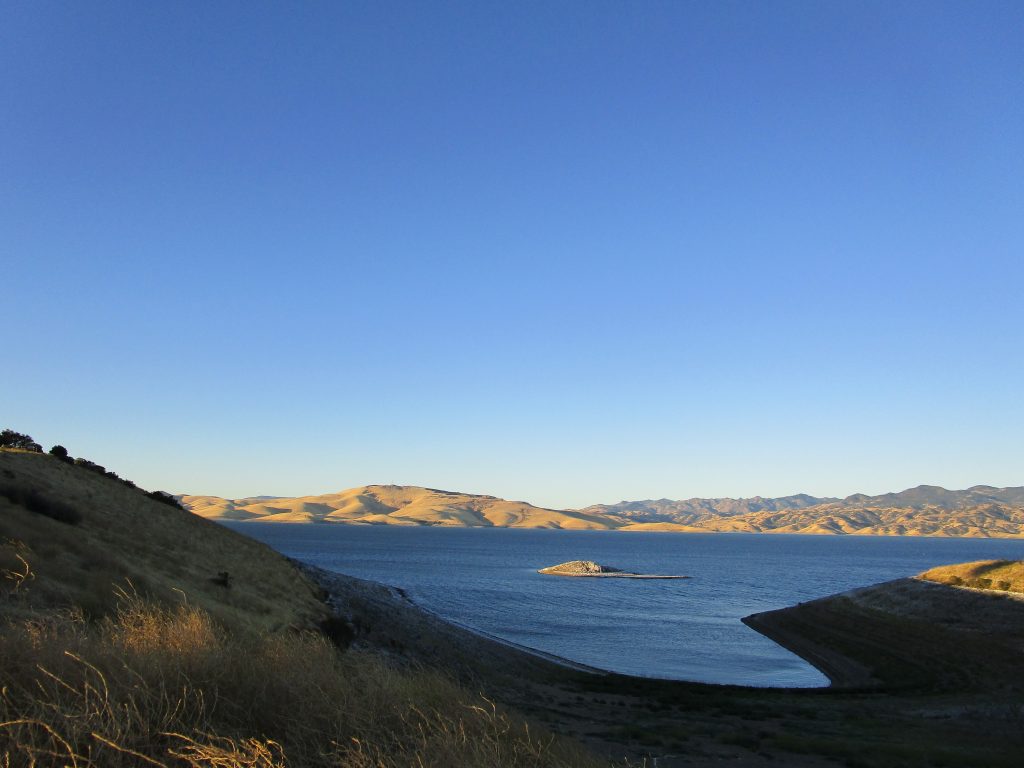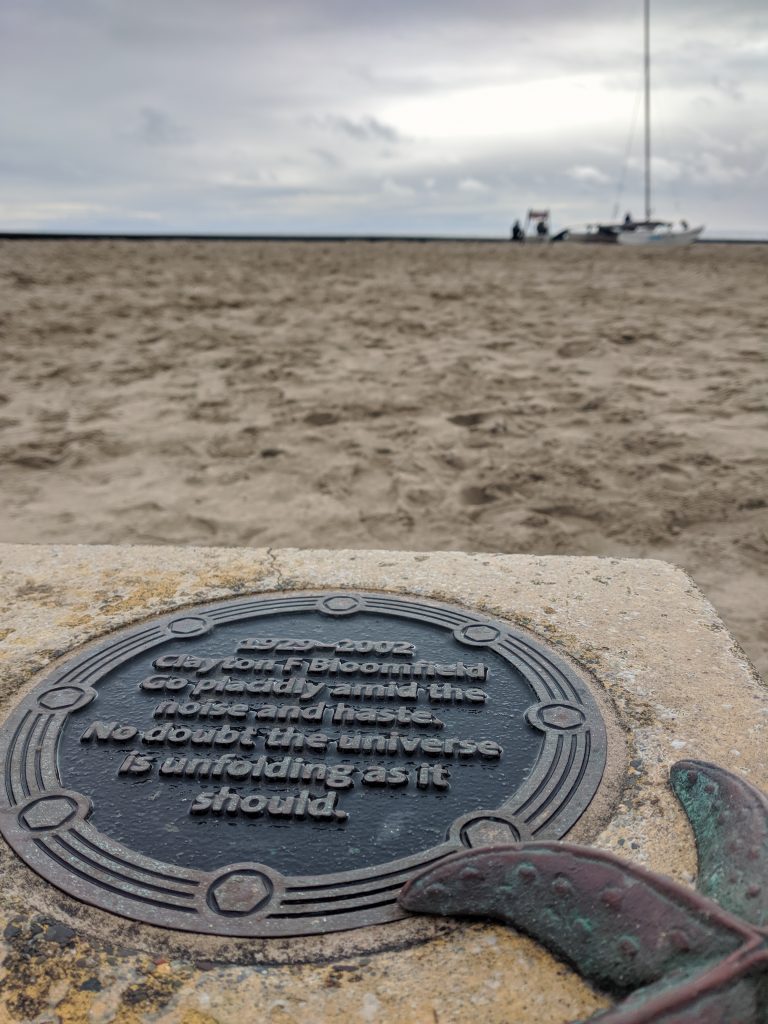
1929-2002
Clayton F Bloomfield
Go placidly amid the
noise and haste.
No doubt the universe
is unfolding as it
should.
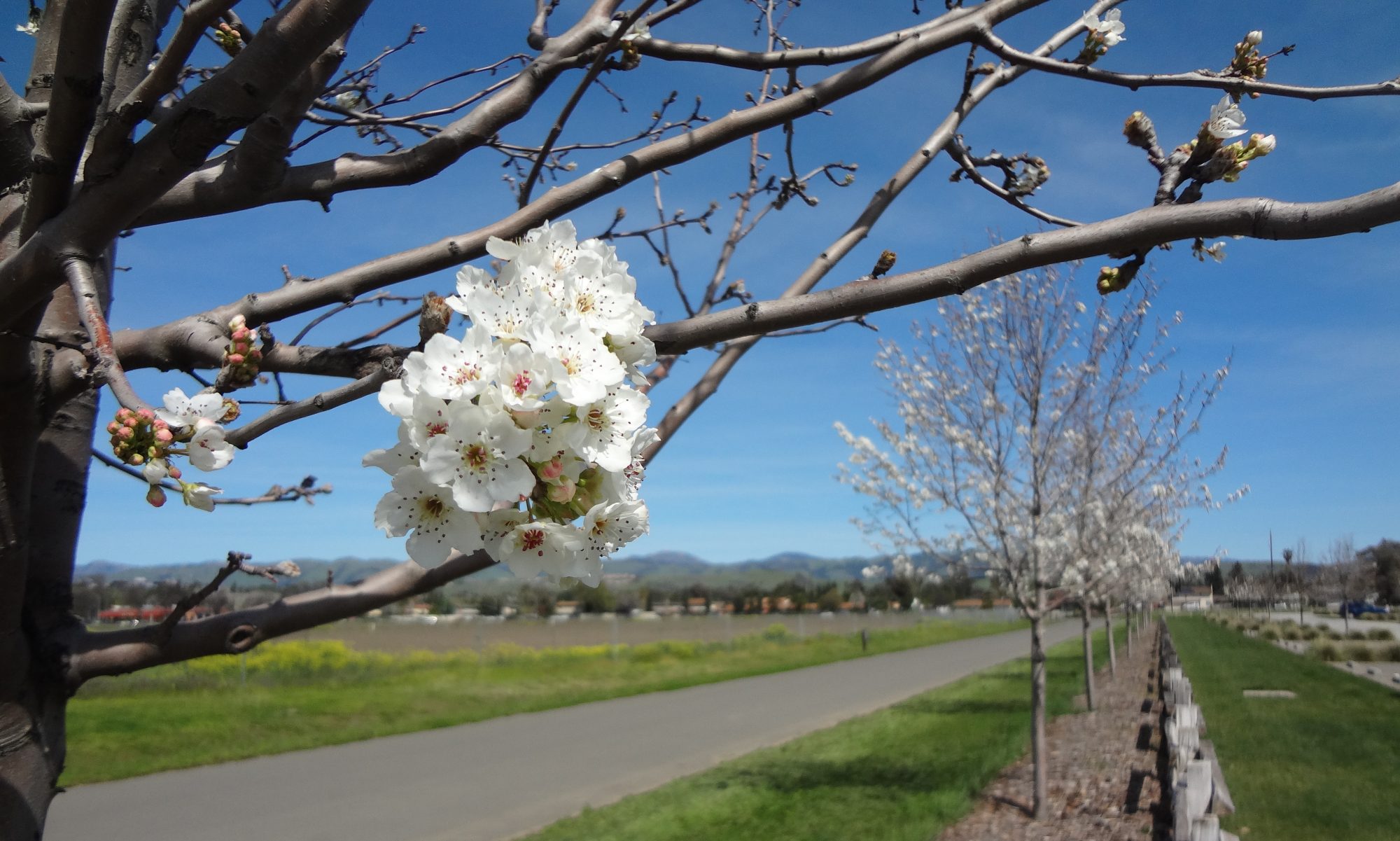
Traveling around in #SanJose and #NearbyToSanJose at 825 mph on our spinning planet.
State Park

1929-2002
Clayton F Bloomfield
Go placidly amid the
noise and haste.
No doubt the universe
is unfolding as it
should.
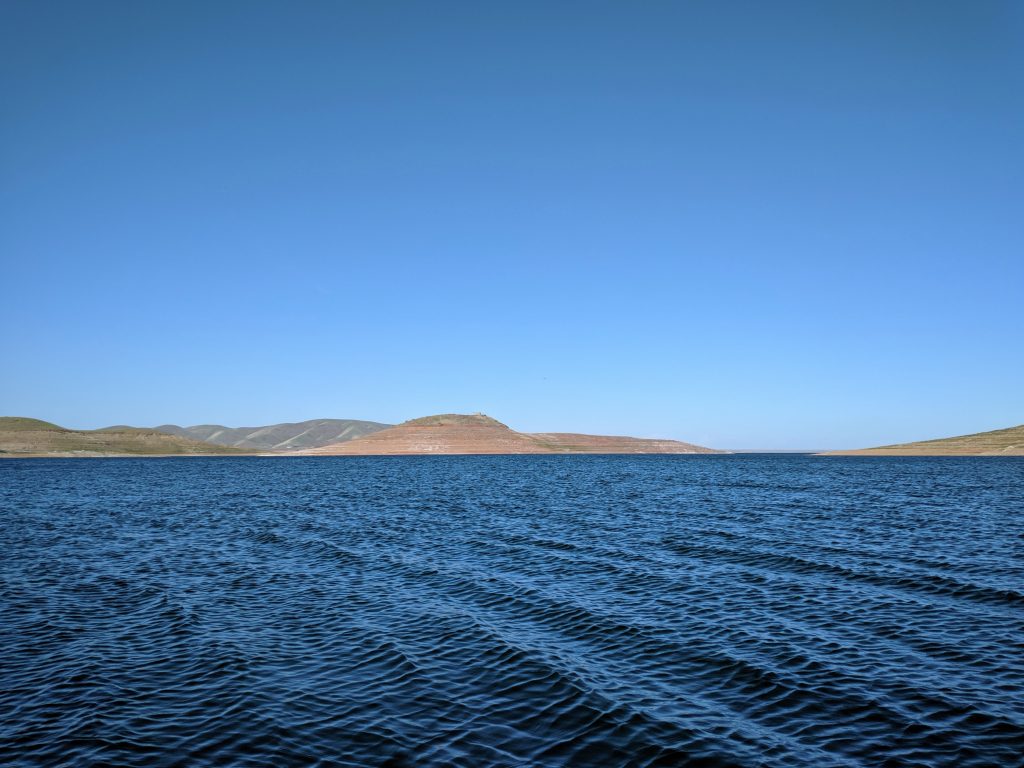
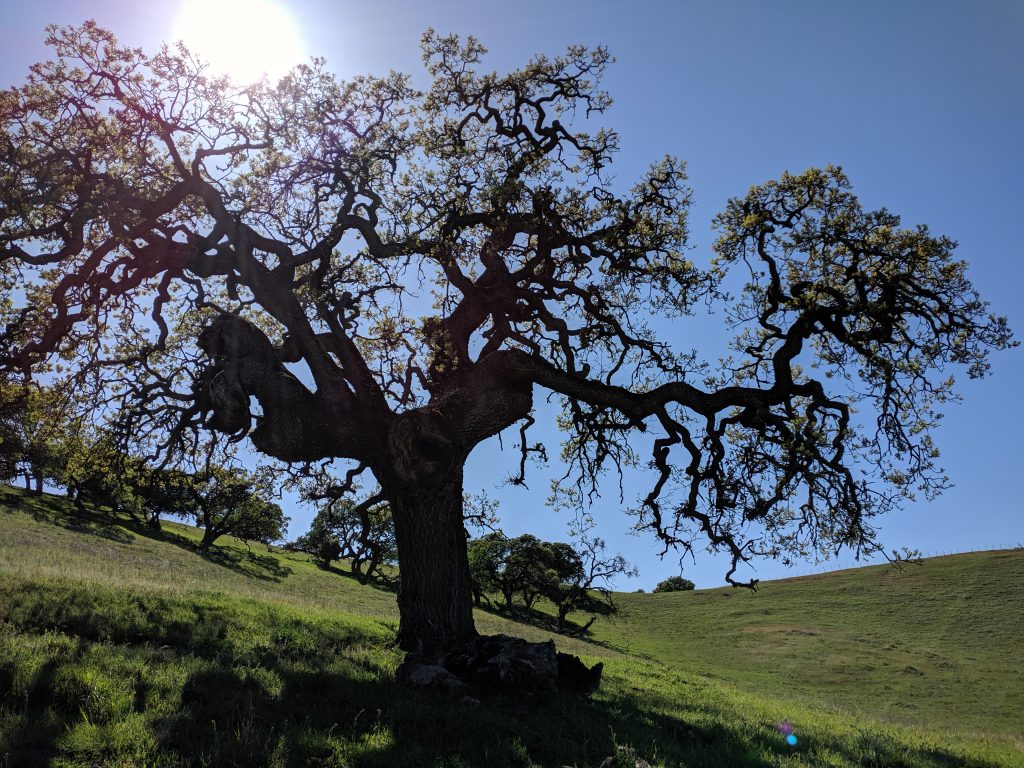
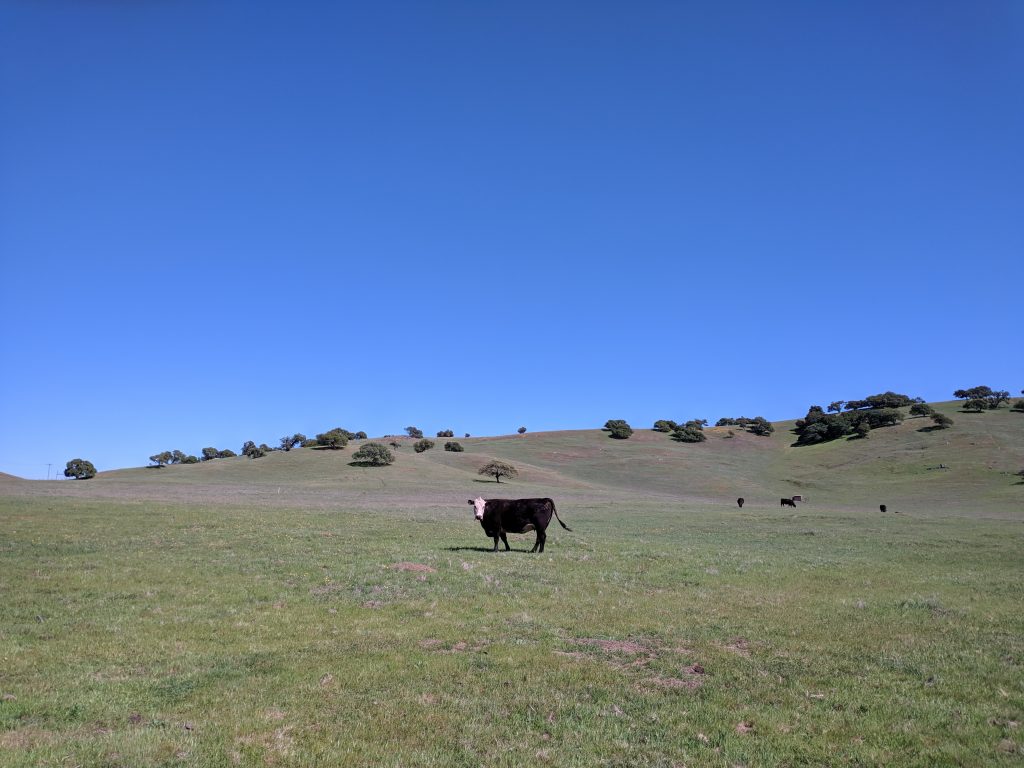
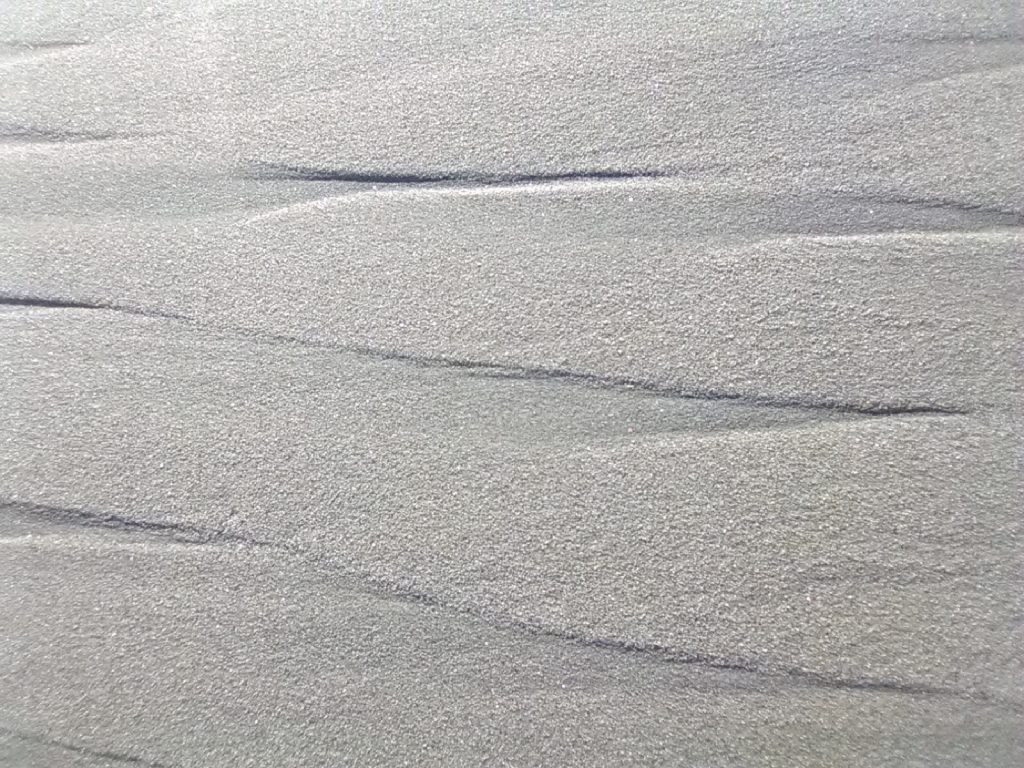
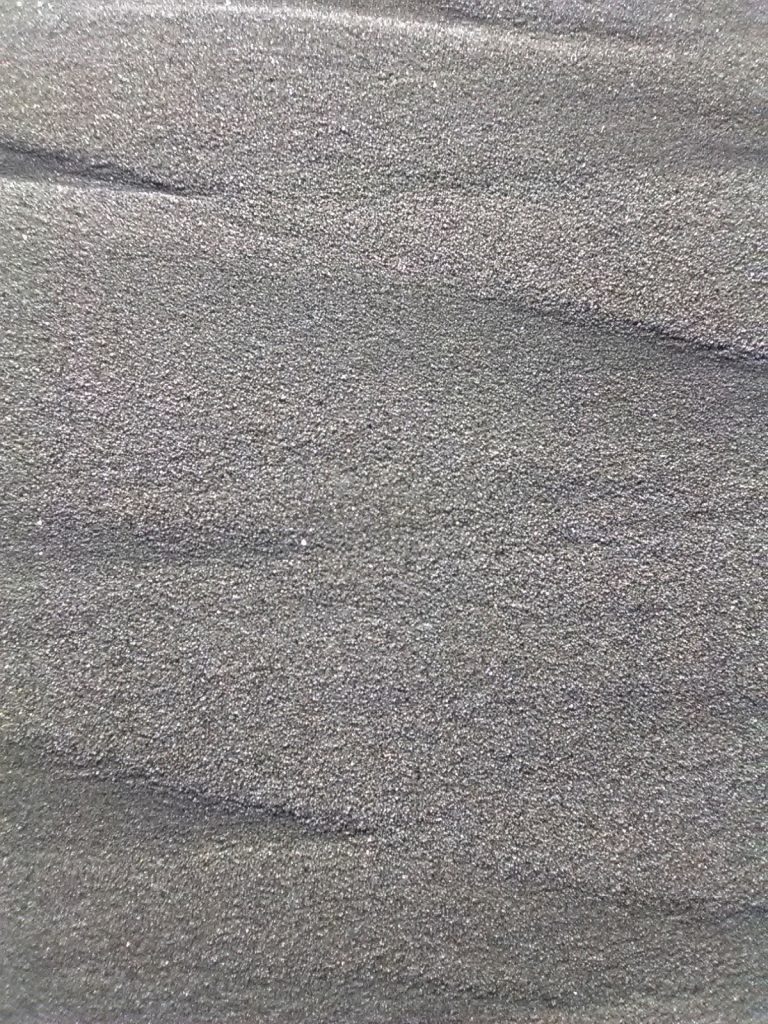
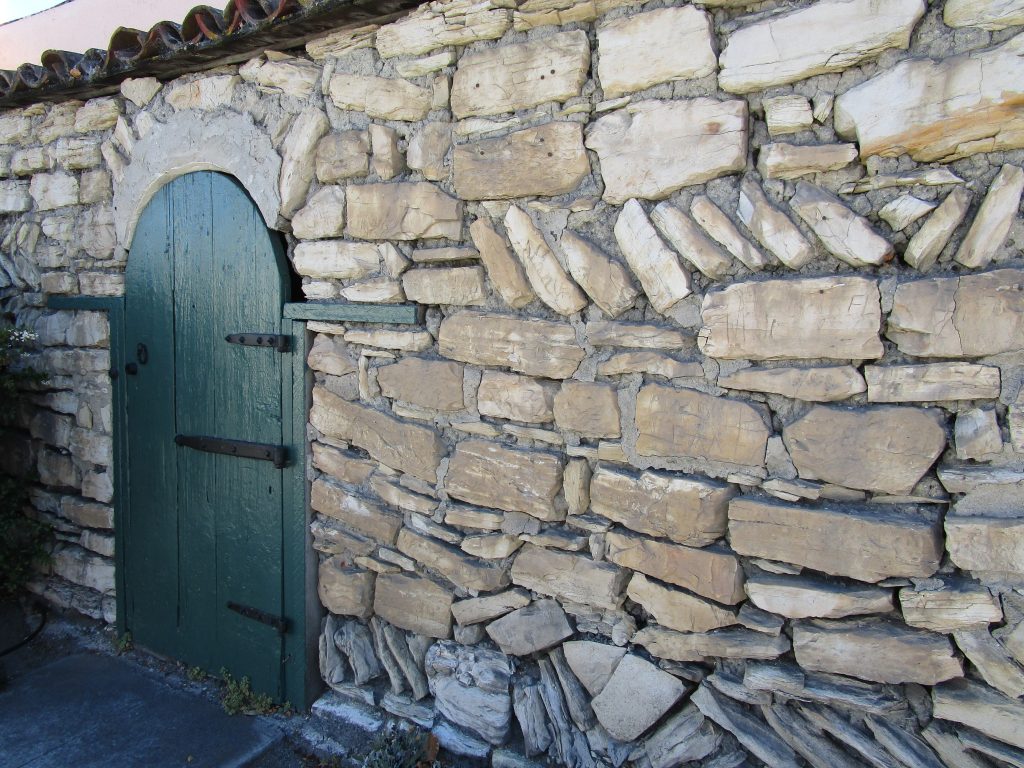
Monterey is a little over an hour by car and well worth the drive, which is itself a pleasure. For those interested in San Jose history, it is impossible not to get excited about several of our nearby cities that are as wound up in the history of California.
Monterey is one of those important cities in our California history. Like San Jose, this is a city that one could spend a lifetime visiting, learning about, and photographing with great satisfaction.
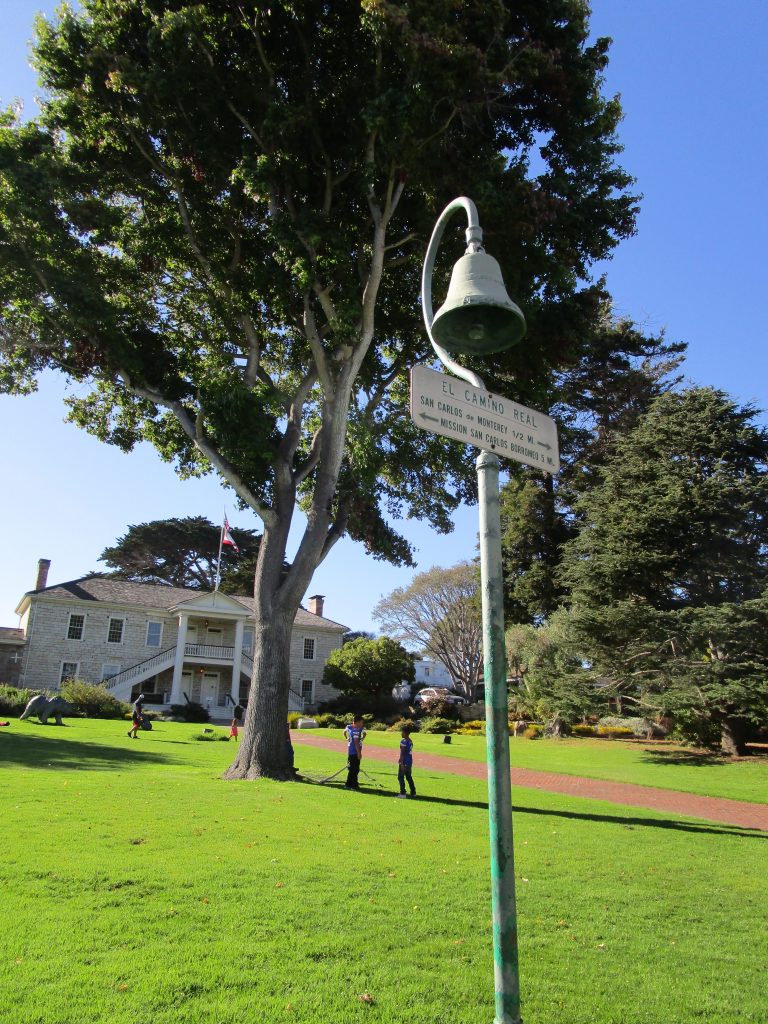
Pictured above is Colton Hall in the Friendly Plaza. In this building the California Constitution was written in 1849. It stated that San Jose would be the state capitol, was written in English and Spanish as a bilingual constitution, and led to California becaming the 31st state in 1850.
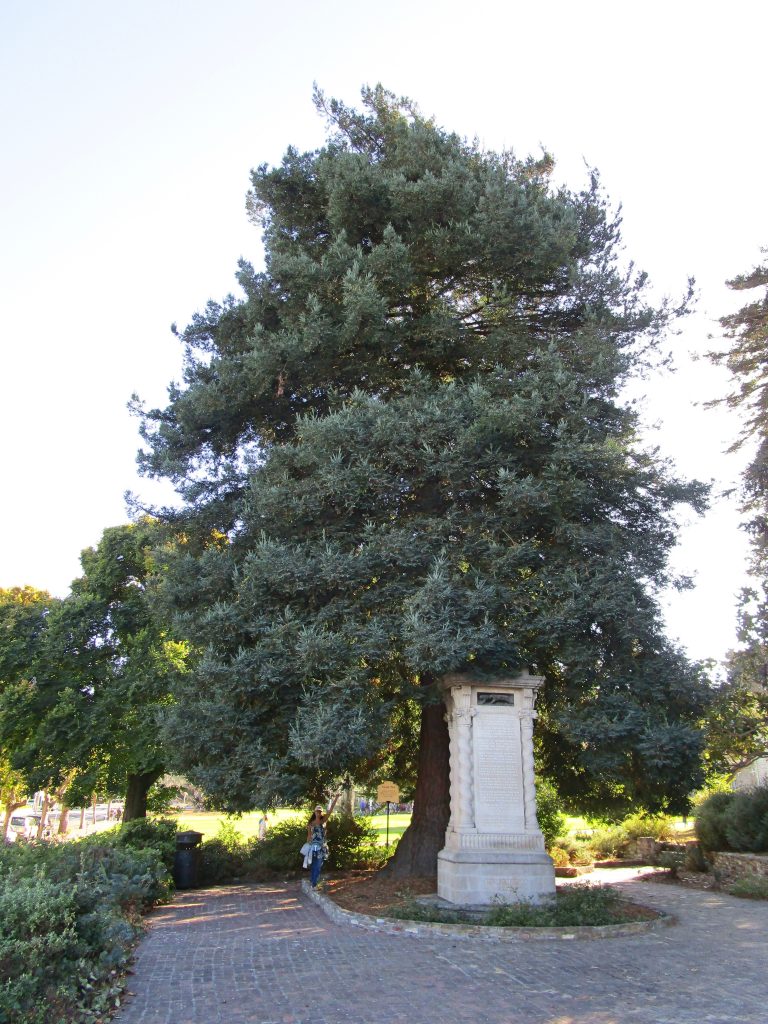
500 seeds comprising four species of trees were sent in orbit around the moon with Apollo 14 in 1971. When they returned, some of what became known as Moon Trees were planted alongside similar trees for research, some were given to states or countries as gifts. In 1976, many were given to cities and states with appropriate climates for the various tree seedlings in order to celebrate the bicentennial of the USA. The Moon Tree pictured above is one of these 1976 trees. In the bay area, the nearest two Moon Trees are in Monterey and in Berkeley. For comparison of two very different earth species, the human species woman visiting the Monterey Moon Tree in the photo above was born in 1976 when the Coast Redwood species Moon Tree next to her was planted.
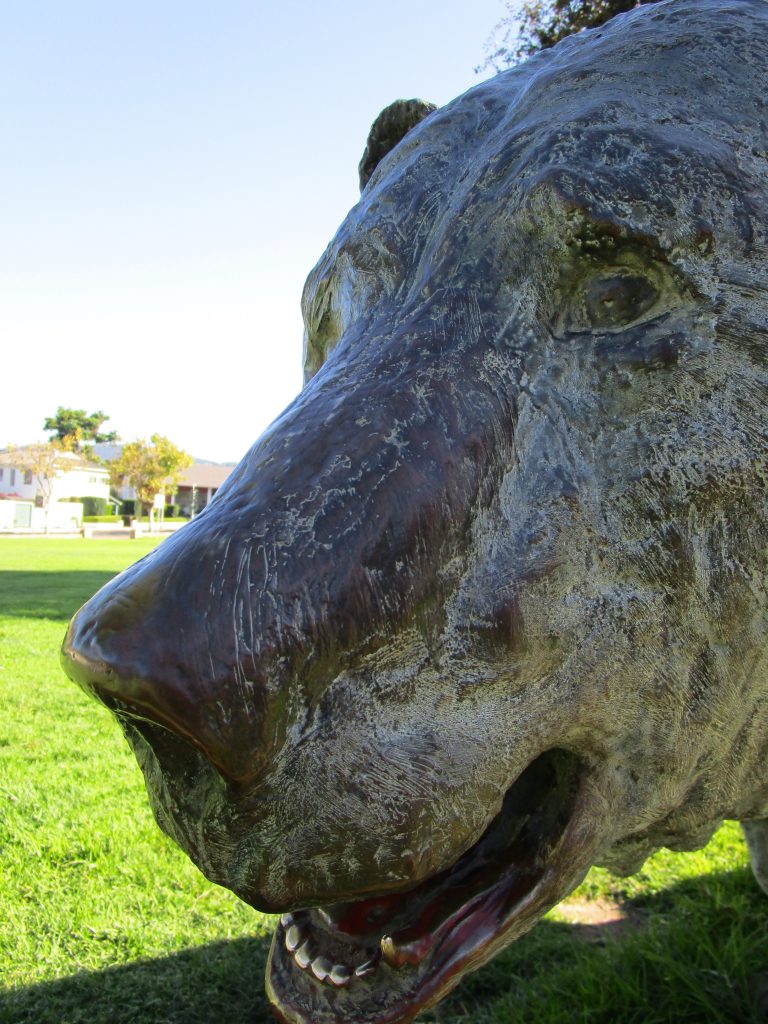
One interesting thing about bronze statues is that you can always tell where people are drawn to touch them most by the clearing of any natural tarnishing. For this bear, it is clearly the teeth that people are drawn to touch. It took my youngest child all of seconds before placing a foot in the bear’s teeth and asking me to take a picture.
Across the street from the Friendly Plaza is the Montery Museum of Art. Below are a few of the treasures located there.
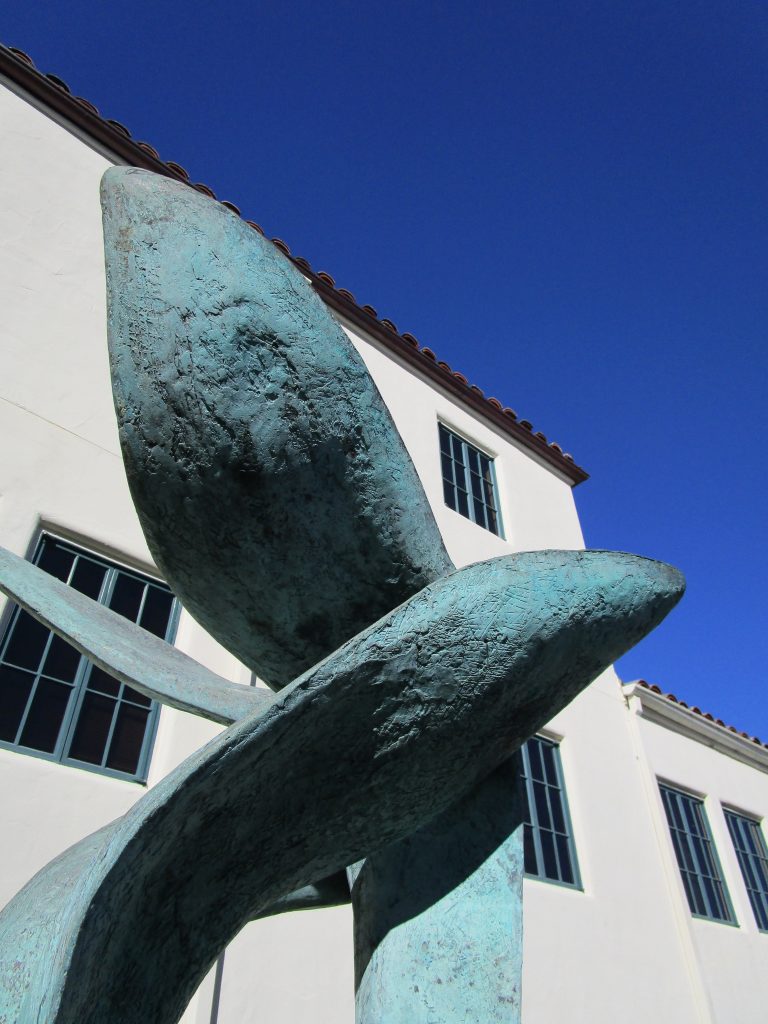
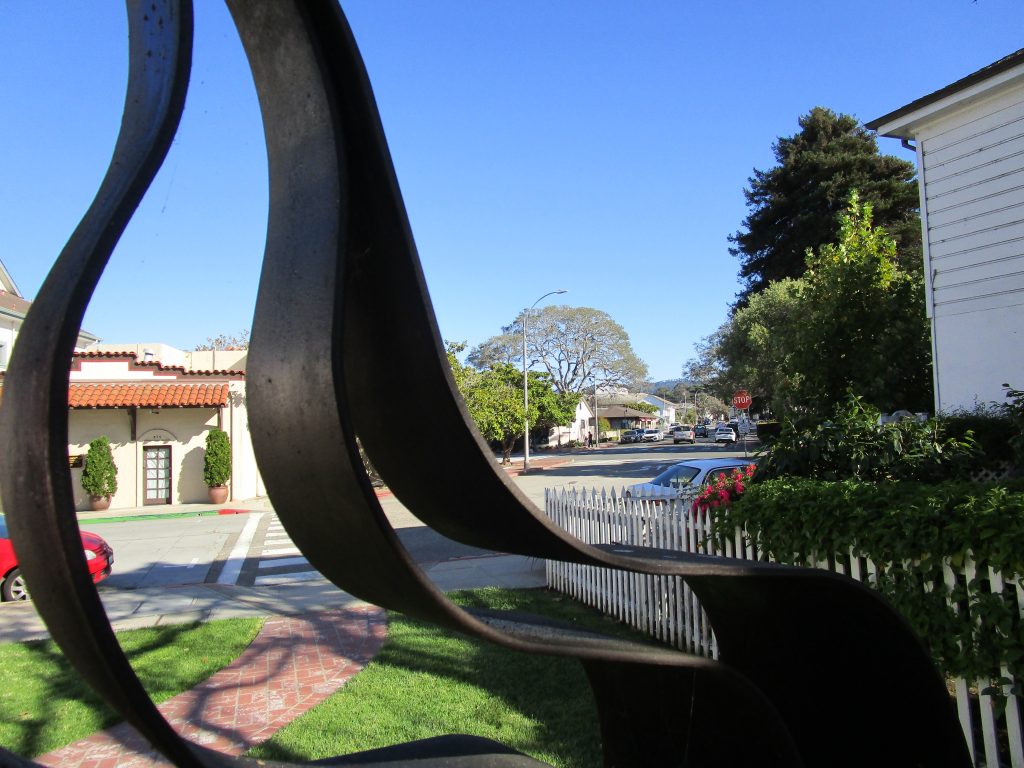
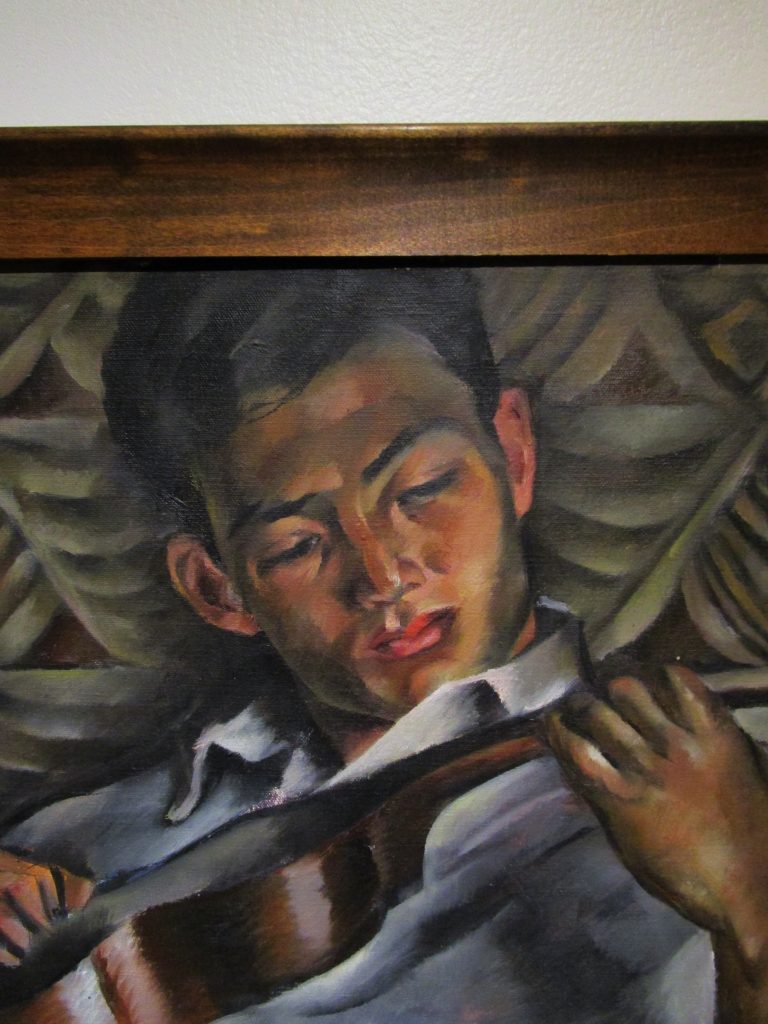
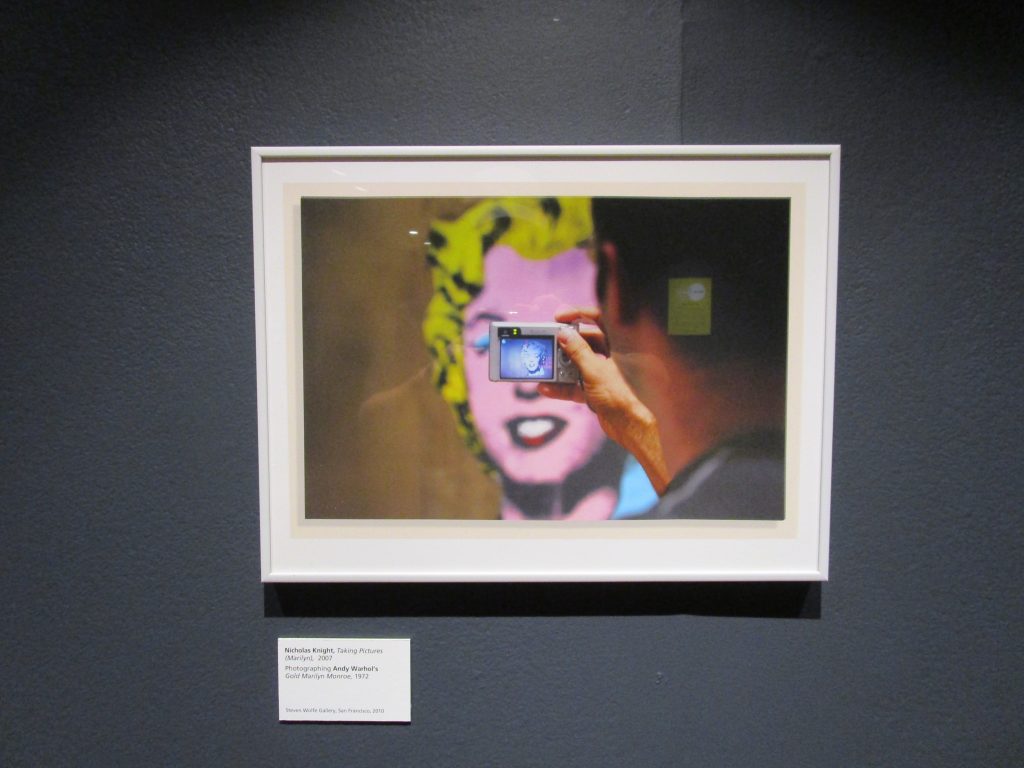
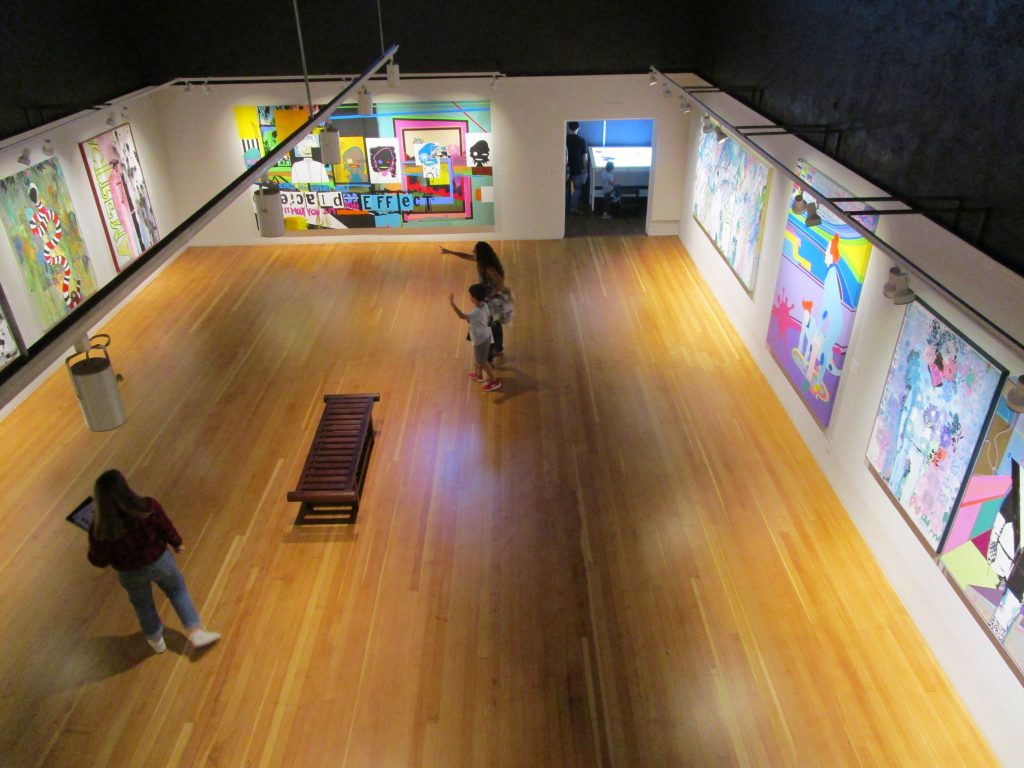
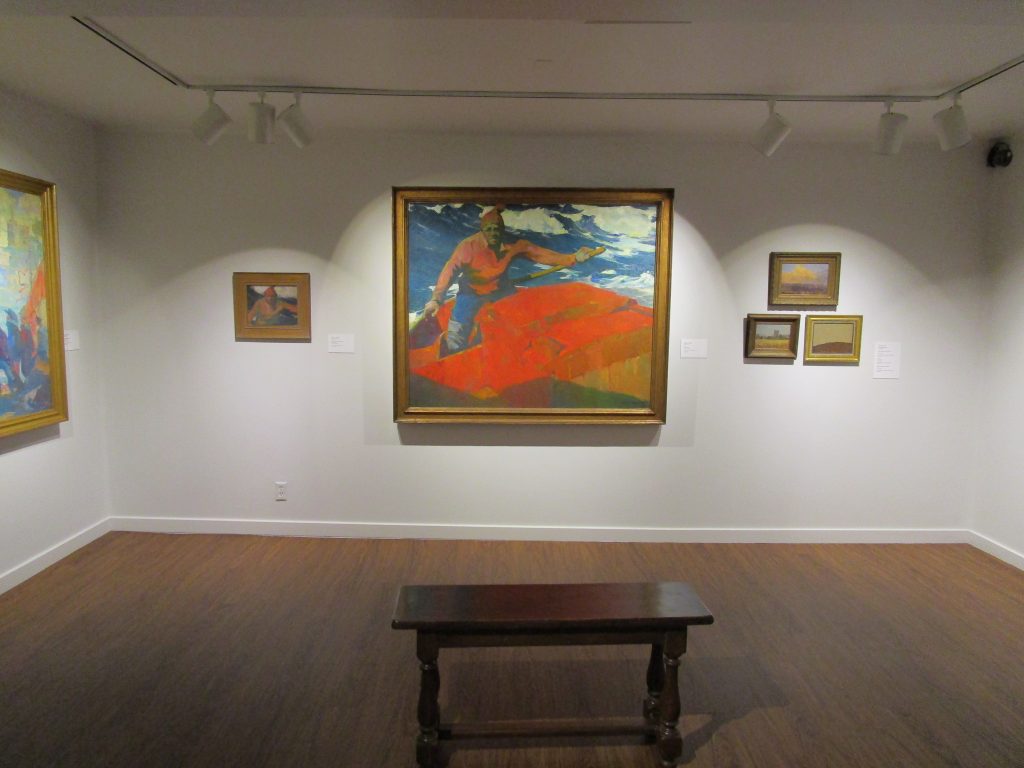
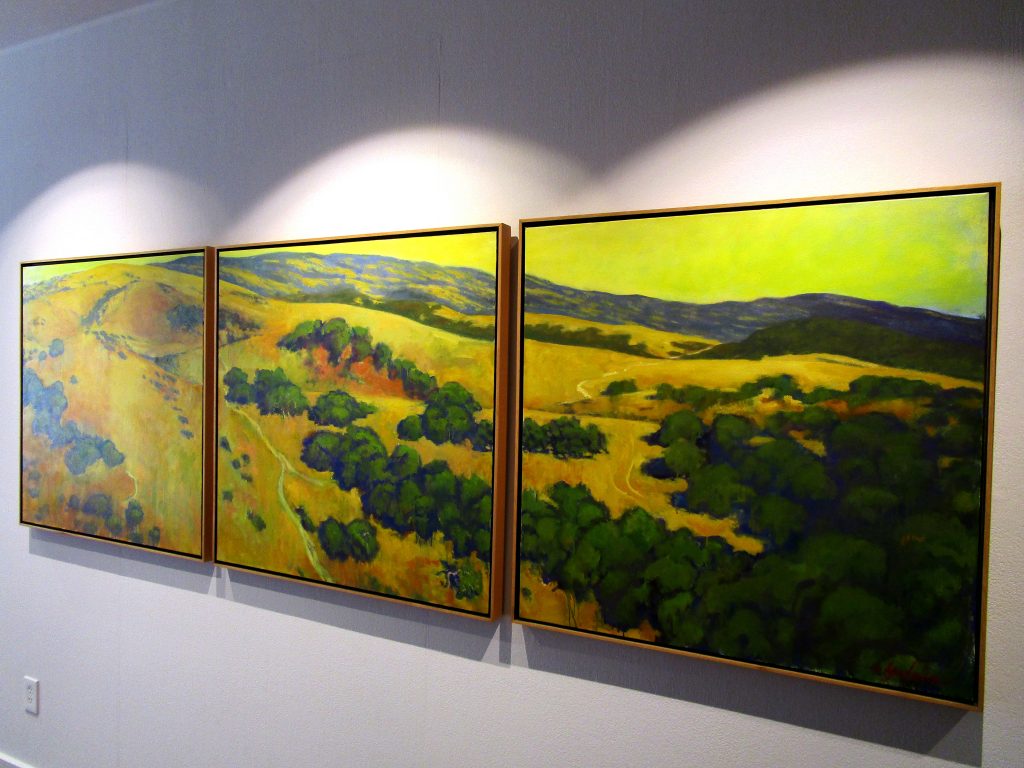
Monterey and Monterey Bay are incredible locations for discovery. The factors that brought people here for thousands of years continue to influence the lives of the people and continue to draw me to learn and discover more with great appreciation.
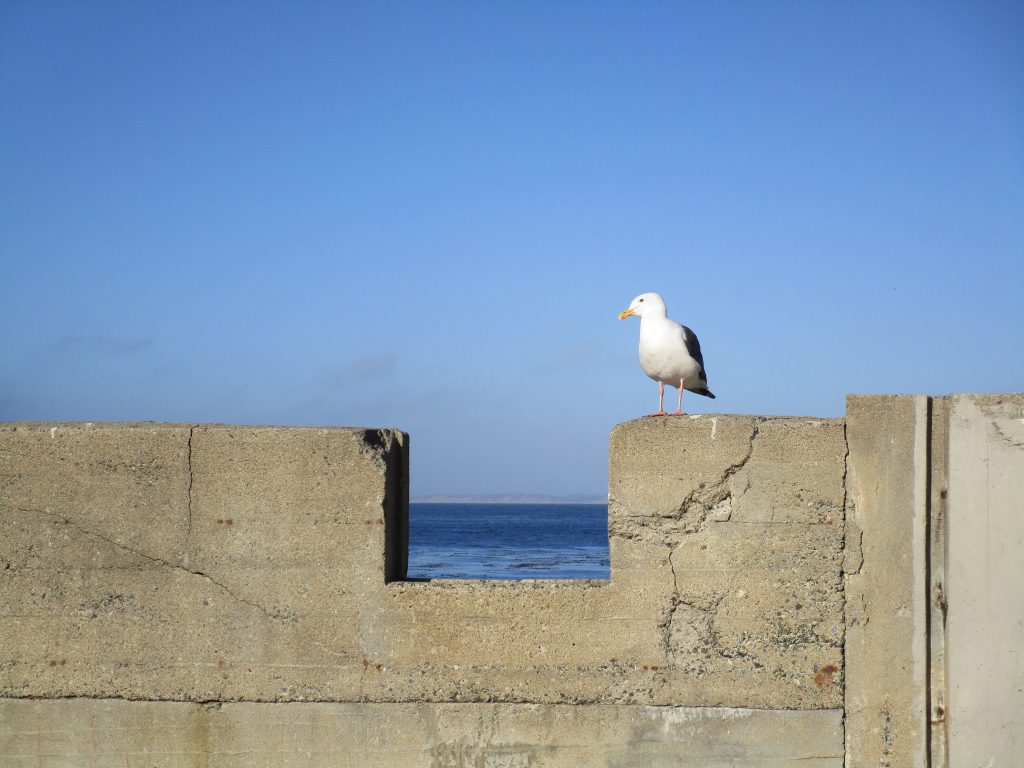
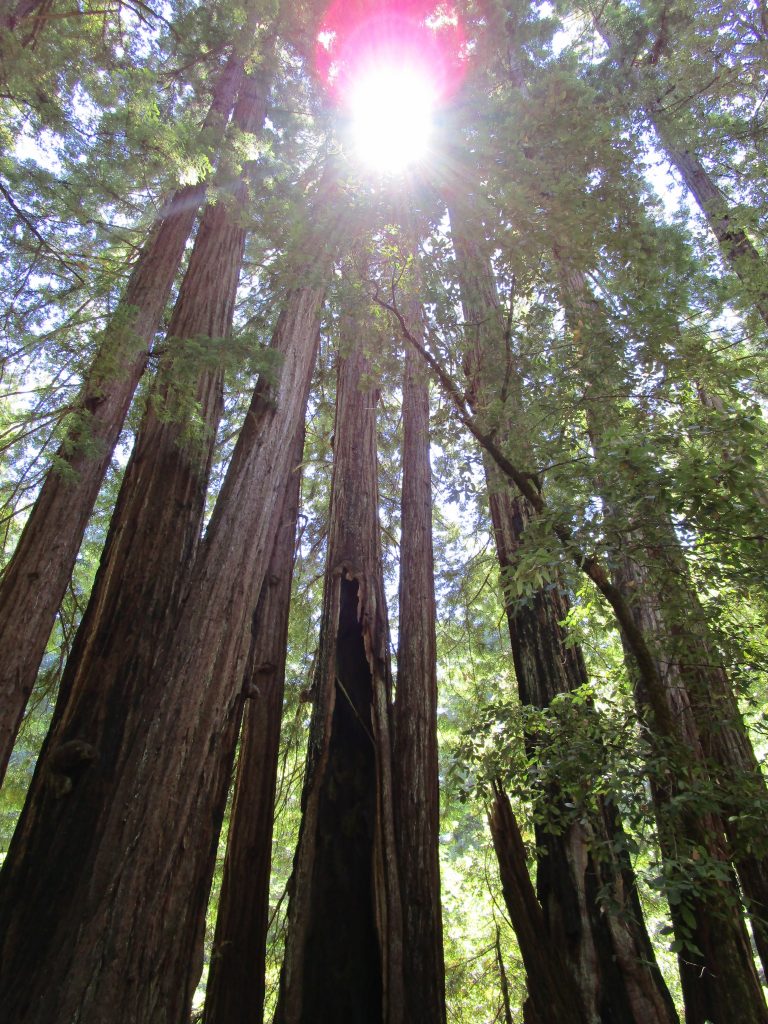
The first California State Park, it opened in 1902 to protect old growth forest in the Santa Cruz Mountains. In the beginning it was known as California Redwood Park and changed its name to Big Basin Redwoods State Park a few decades later.
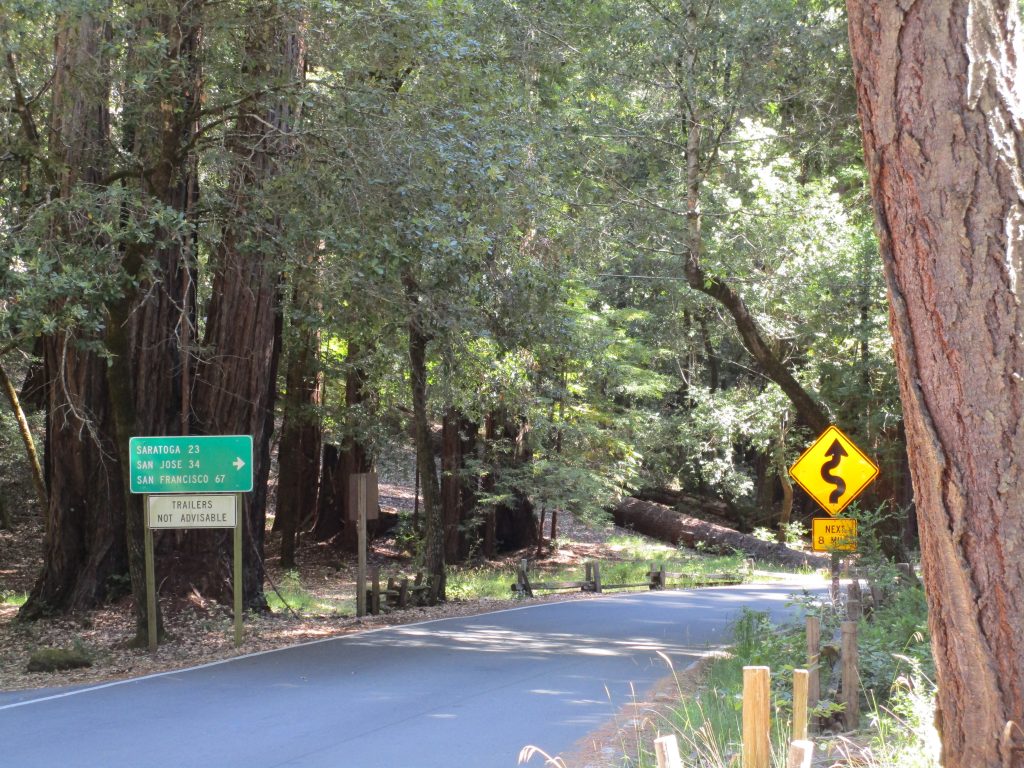
Many of the old growth redwood trees here are over 1,000 years old. Wow!
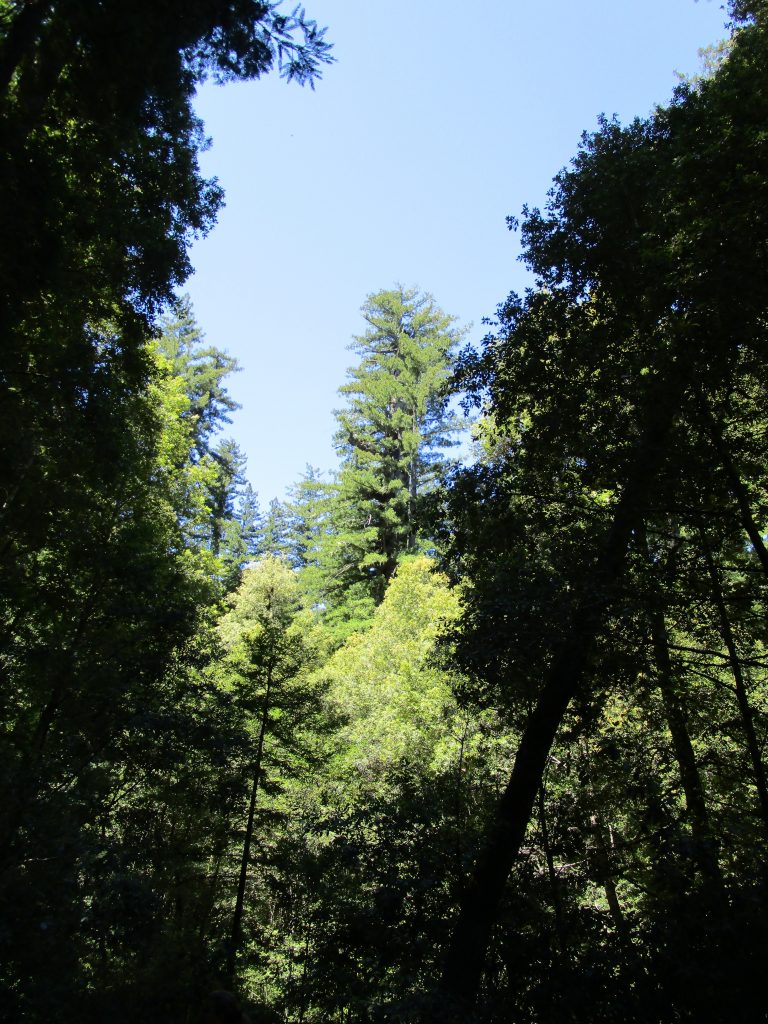
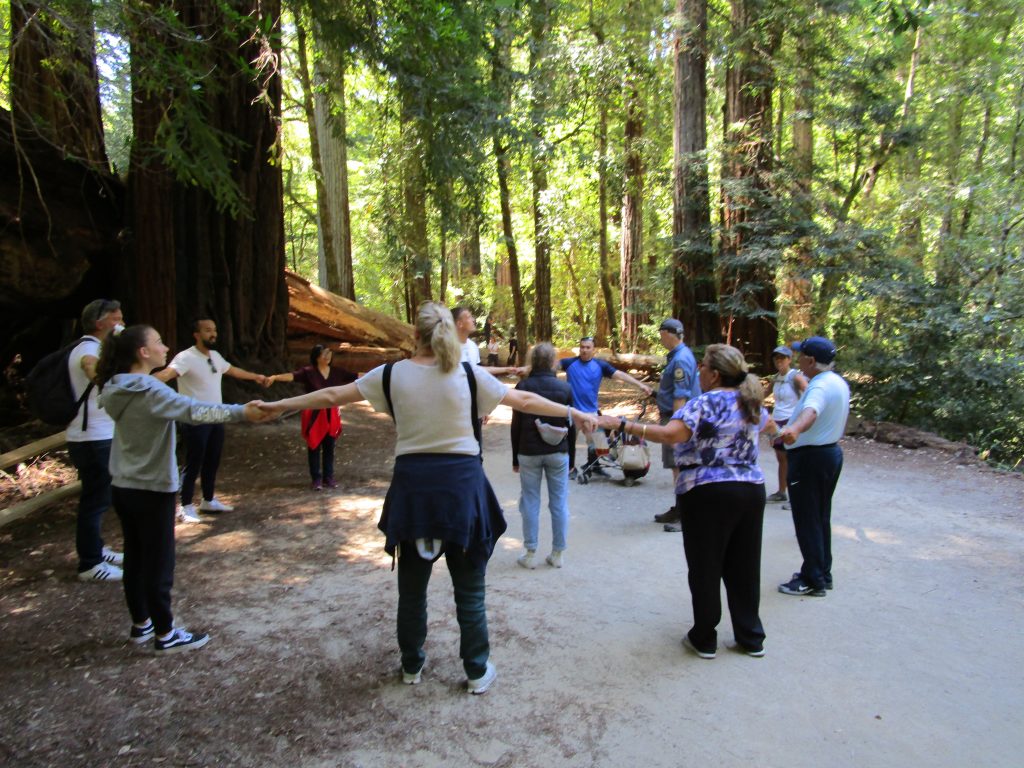
Much of the credit for the creation of the first California State Park goes to a San Jose photographer named Andrew P. Hill. All of these years I had heard of Andrew Hill high school in San Jose and never thought to ask who he was. Now I know. Andrew Hill was amazed at the sight of the old redwood trees, tallest trees on earth and able to live over 2,000 years. Through his photography and connections, he supported the preservation of these special forests. He led excursions of influential people to the trees that led to the funding and legislation that secured our first state park. Today, there is approximately 3% of the old growth redwood forests remaining in California and most of that is now on protected state public lands.
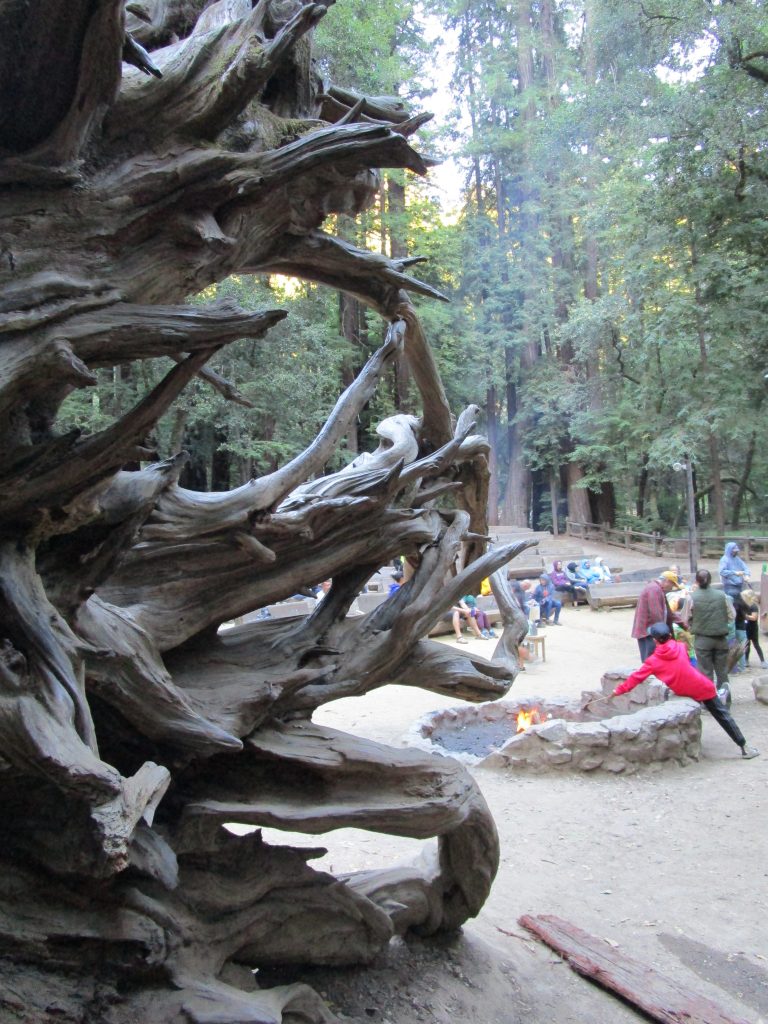
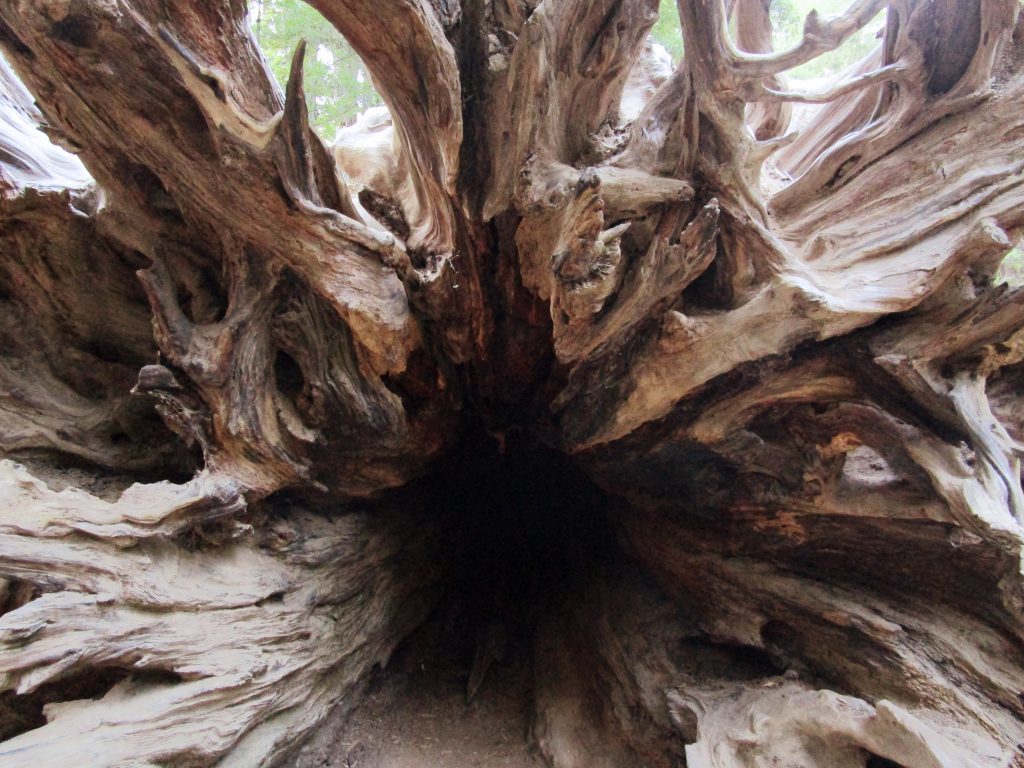
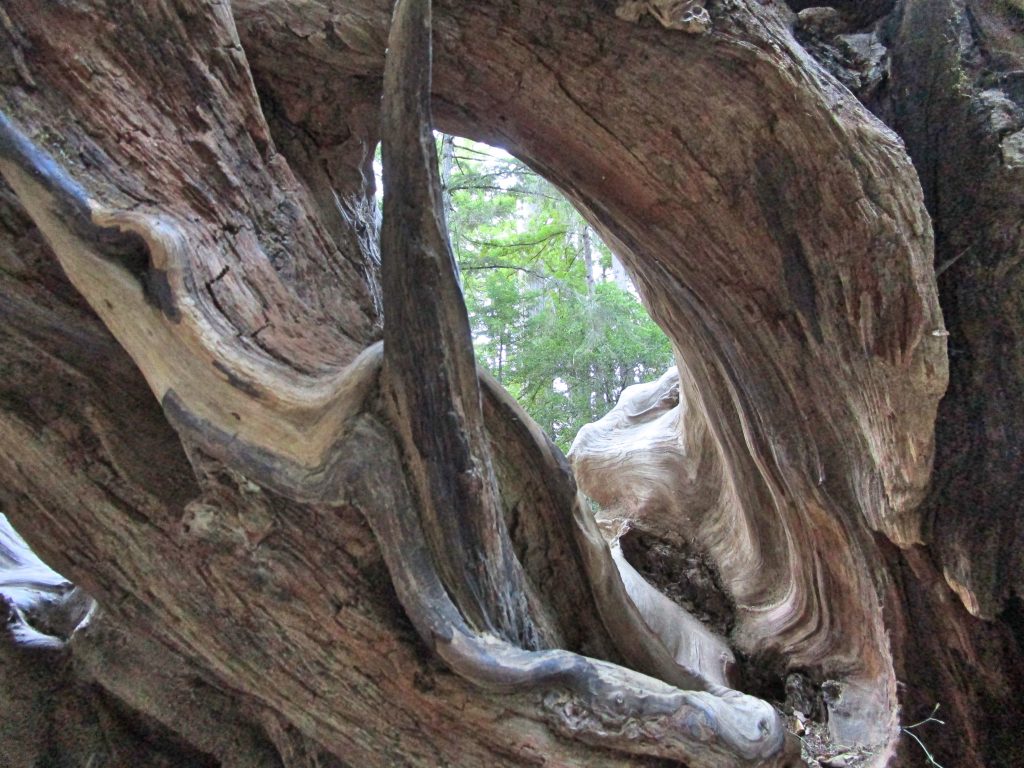
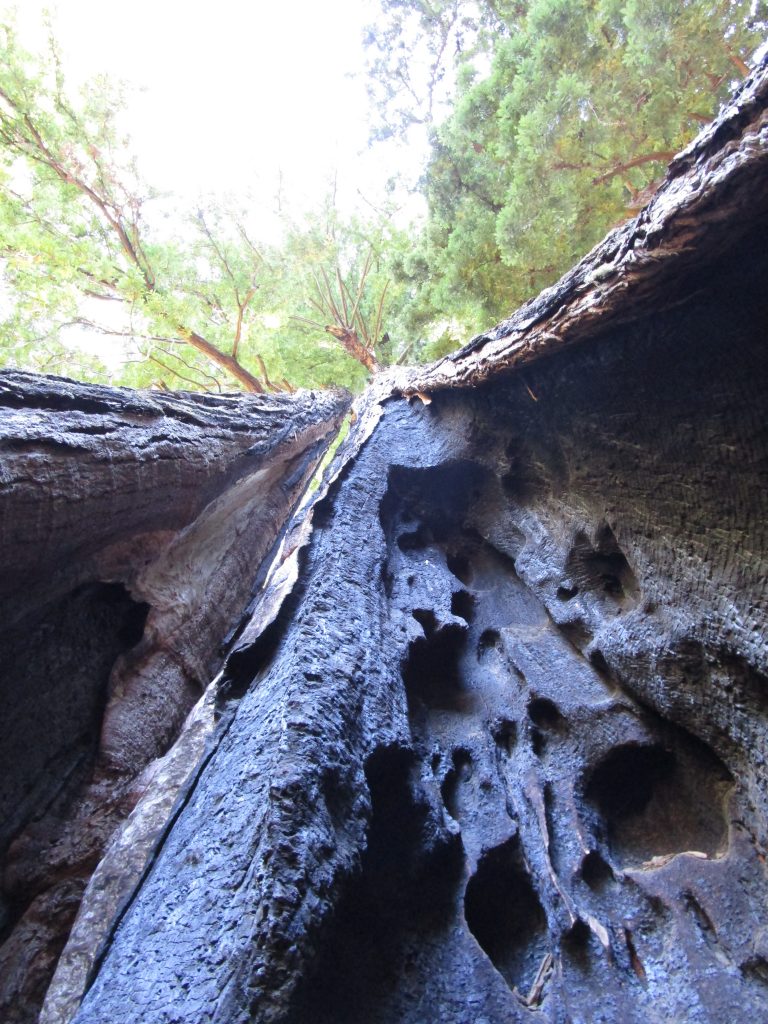
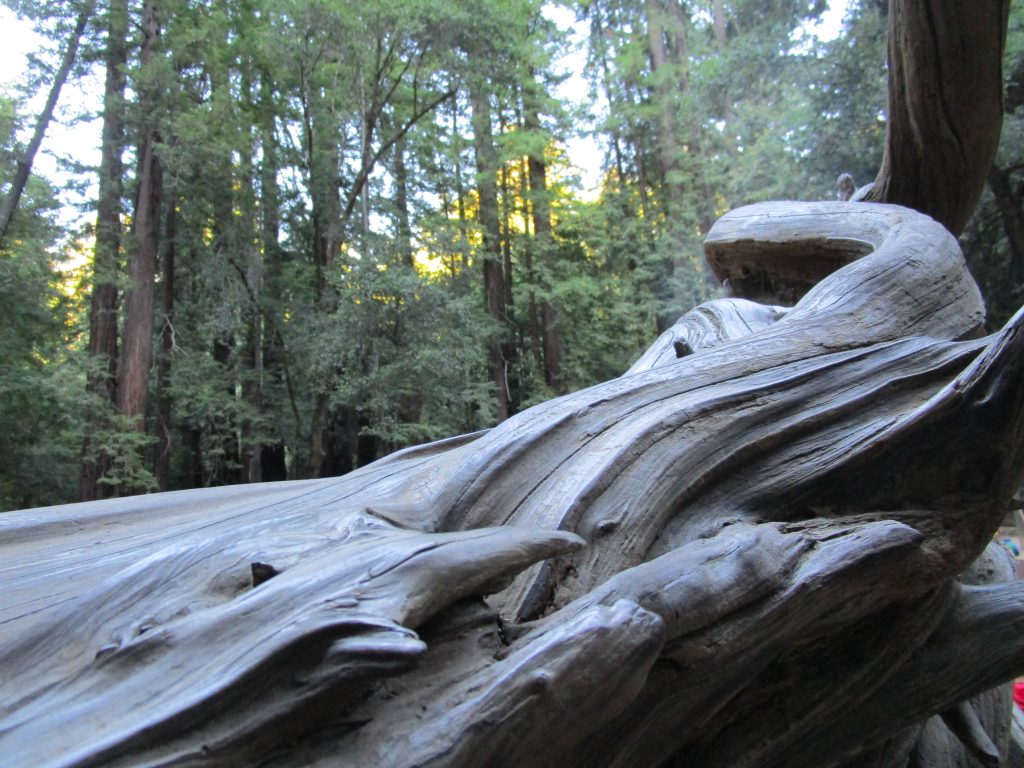
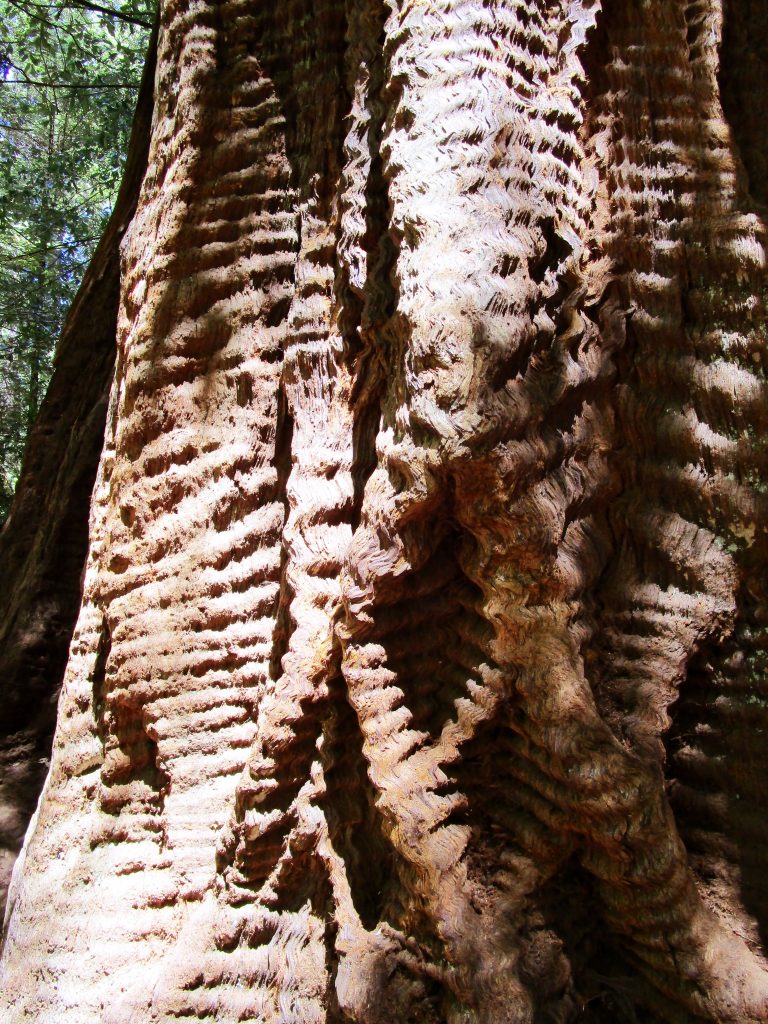
The park is beautiful. The trees are beautiful. The guided walk we went on added so much to the entire experience. I found myself trying to identify trees afterwards and seeing new things around me as I contemplated the life cycles of the rain forest. Also cool, I now know what a huckleberry is and what it tastes like.
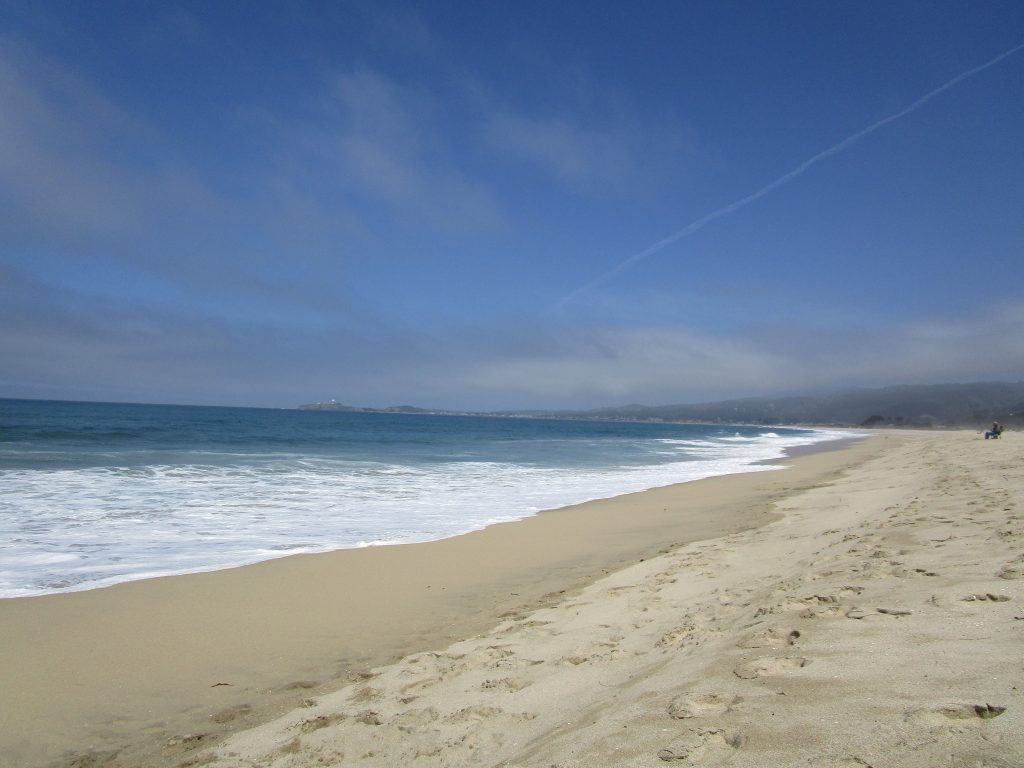

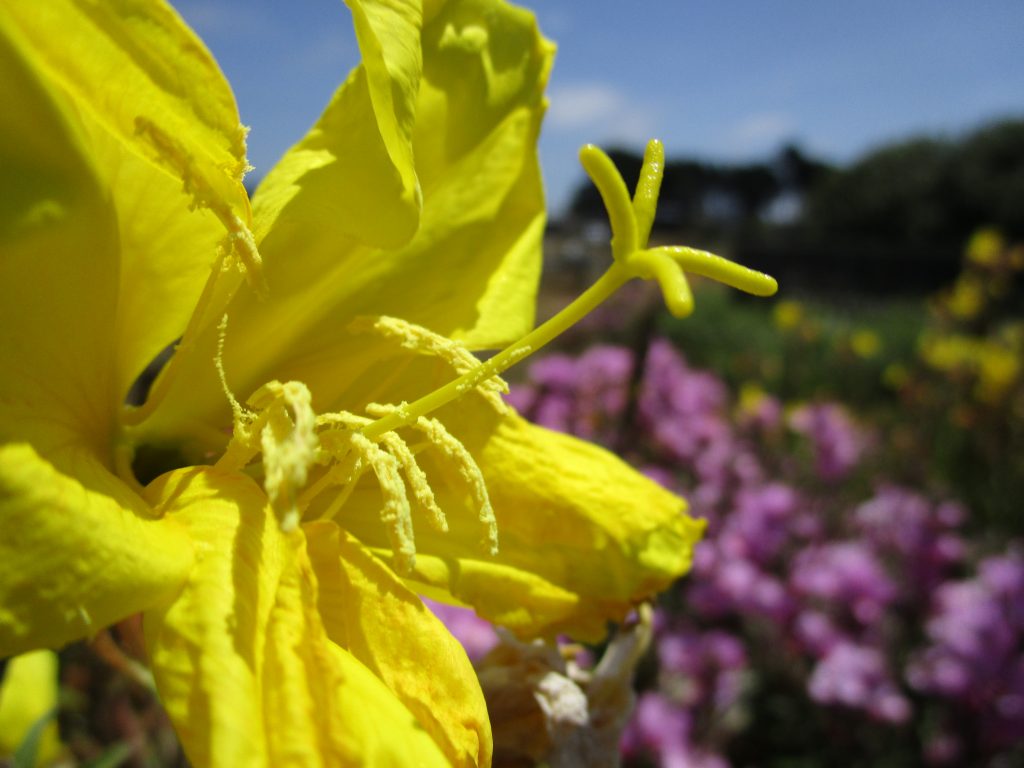
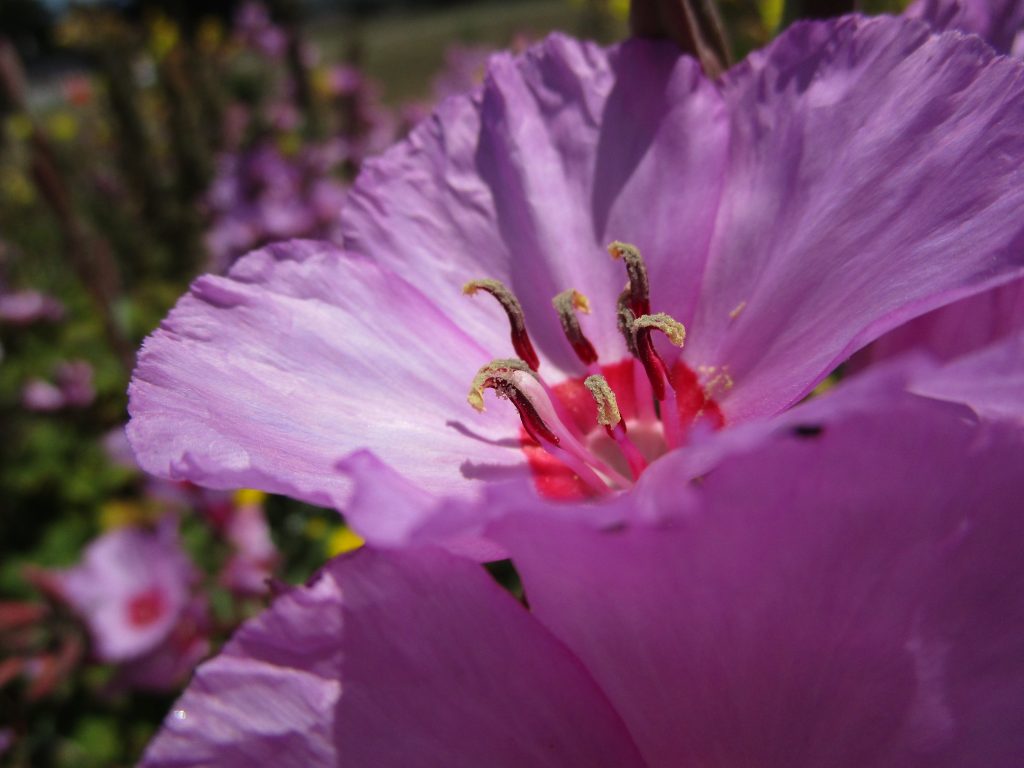
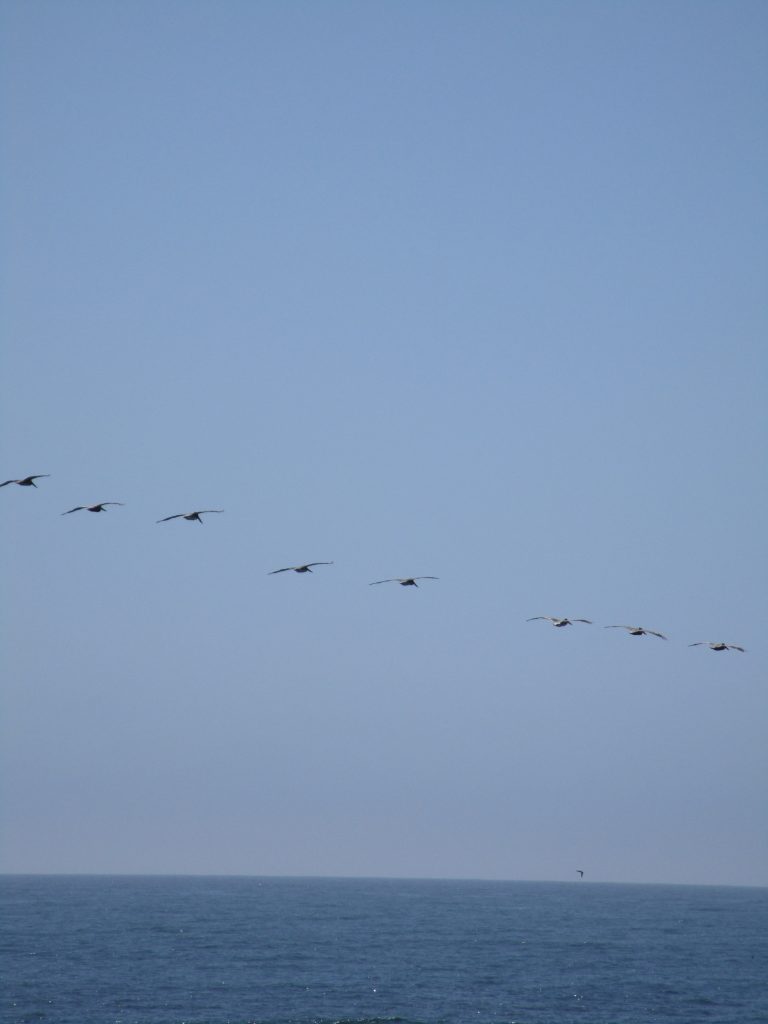
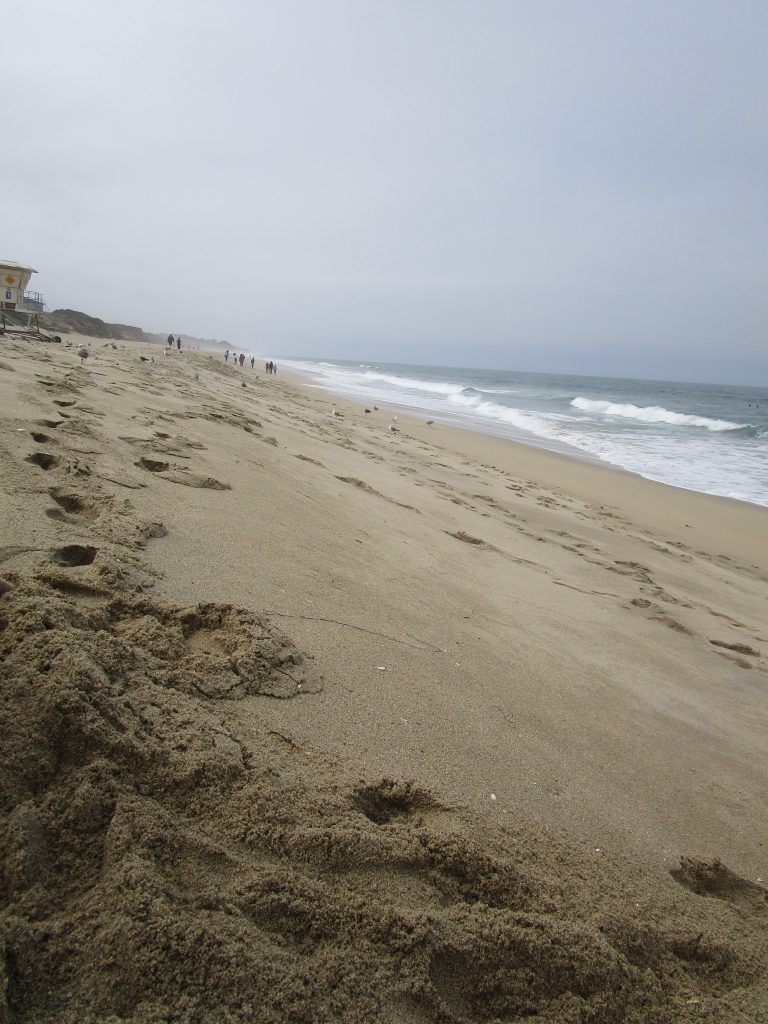
On highway 152 on Pacheco Pass, a beautiful large reservoir greets you. Depending on the day and season, a great place to see the sunrise, star gaze, look for wild flowers, smell and enjoy nature, or just appreciate as you drive by. The water is pumped up to the reservoir from the central valley creeks below during the rainy season, and then gravity fed right back down to the central valley to water crops during the dry season.
